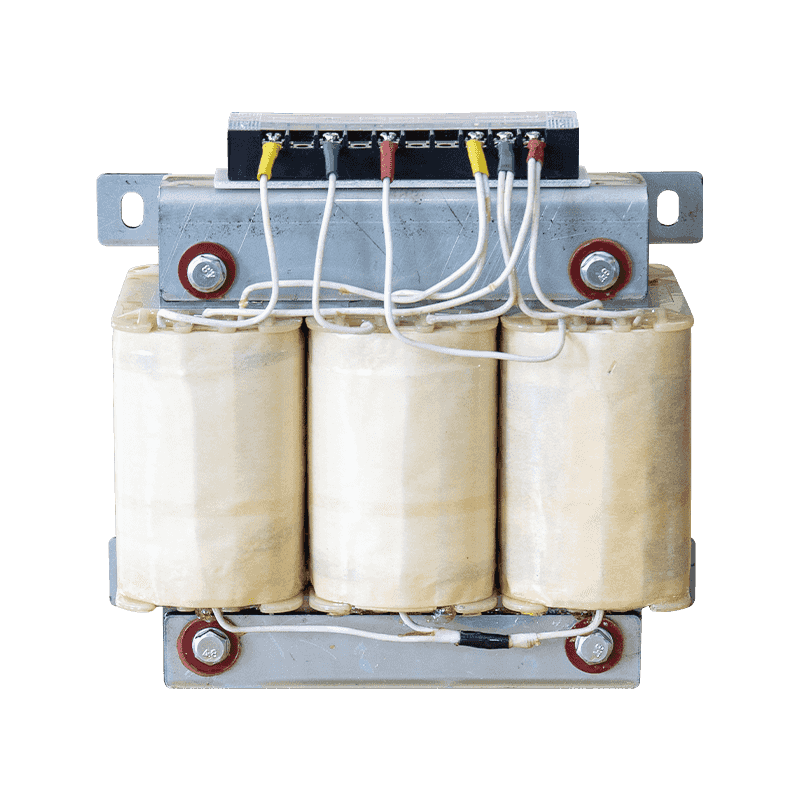350 KVA 400V to 140V Al wire 3PH isolation transformer
Cat:Three Phase transformer
Three-phase isolation transformer series products are widely used in industrial and mining enterprises, power plants, airports, high-rise buildings, s...
See Details
In modern industrial and commercial power systems, efficient voltage management is critical for operational reliability and energy optimization. Among the key components enabling this are three-phase step-down transformers, which play a fundamental role in reducing high transmission voltages to usable levels for machinery, equipment, and facility operations. Unlike single-phase transformers, three-phase variants offer higher power density, balanced load distribution, and greater efficiency—making them indispensable in heavy industries, data centers, and renewable energy installations.
Three-phase power distribution is the backbone of industrial and large-scale commercial operations due to its ability to deliver consistent and balanced power. Unlike single-phase systems, which are typically used for residential applications, three-phase systems provide higher efficiency and are better suited for heavy machinery, motors, and large electrical loads. Three-phase step-down transformers are crucial in this setup, as they safely reduce incoming high-voltage electricity to levels compatible with industrial equipment (e.g., 480V to 208V or 400V to 230V).
One of the primary advantages of three-phase transformers is their compact design compared to multiple single-phase units. A single three-phase transformer occupies less space while delivering the same power output, making it ideal for facilities with space constraints. Additionally, these transformers ensure a balanced load across all three phases, minimizing voltage fluctuations and reducing the risk of equipment damage.
Industries such as manufacturing, mining, and oil & gas rely heavily on three-phase step-down transformers because they support high-efficiency motor operations, reduce transmission losses, and enhance grid stability. Furthermore, in renewable energy applications—such as solar farms and wind turbines—these transformers help integrate generated power into the grid by stepping down voltages before distribution.
The transformer industry has seen significant technological improvements aimed at increasing efficiency, durability, and smart functionality. One of the most notable advancements is the adoption of amorphous metal cores, which significantly reduce core losses compared to traditional silicon steel cores. These energy-efficient designs align with global sustainability initiatives by lowering operational costs and carbon footprints.
Another major development is the integration of IoT (Internet of Things) sensors into three-phase step-down transformers. Smart transformers equipped with real-time monitoring systems can track parameters such as temperature, load fluctuations, and insulation health. Predictive maintenance algorithms analyze this data to detect potential failures before they occur, reducing downtime and extending transformer lifespan.
Additionally, modern designs prioritize dry-type transformers over oil-cooled models in certain applications due to their enhanced safety. Dry-type transformers eliminate the risk of oil leaks and fires, making them suitable for indoor installations in hospitals, data centers, and commercial buildings.
Compliance with international standards such as IEEE C57 and IEC 60076 ensures that these transformers meet rigorous safety and performance benchmarks. Manufacturers are also focusing on modular designs, allowing for easier upgrades and scalability as power demands evolve.
Energy efficiency is a critical consideration for industries looking to reduce operational expenses and meet regulatory requirements. Three-phase step-down transformers contribute significantly to energy savings by minimizing copper and core losses during voltage conversion. High-efficiency models, such as those meeting DOE 2016 (U.S. Department of Energy) or EU Tier 2 standards, can achieve up to 99% efficiency under optimal conditions.
The following table highlights key efficiency comparisons between standard and high-performance three-phase transformers:
| Transformer Type | Typical Efficiency | Applications |
|---|---|---|
| Standard Efficiency | 95-97% | General industrial use |
| High-Efficiency (DOE 2016) | 98-99% | Data centers, high-demand facilities |
| Amorphous Metal Core | 99%+ | Renewable energy, smart grids |
Beyond direct energy savings, these transformers reduce cooling requirements due to lower heat dissipation, further cutting operational costs. Industries that have upgraded to high-efficiency models report substantial reductions in electricity bills over time, justifying the initial investment.
While three-phase step-down transformers are robust, proper maintenance is essential to ensure longevity and prevent failures. Key safety considerations include:
For oil-filled transformers, routine oil sampling and testing for contaminants (moisture, gases) are necessary to detect internal faults early. Dry-type transformers, while maintenance-friendly, still require dust and moisture control to prevent insulation breakdown.
Proper installation is equally important—transformers should be placed in well-ventilated areas, away from flammable materials, and protected from environmental factors like humidity and corrosive gases.
Contact Us